Editor’s Note: Last November we had the pleasure of spending 10 captivating days in Scotland. Below is but one adventure of many from our stay. We hope the joy we experienced comes through in all our posts and missives from our adventure, which no doubt read better with a wee dram in hand.
There is no other cloth in the world that speaks more to men than Harris Tweed.
Made in only one remote location in the world, Harris Tweed is the only fabric protected by its own act of Parliament, The Harris Tweed Act 1993 (they mean business!). Manufactured using the finest Scottish Cheviot wool, it is one of the most remarkable textiles in existence. That carries a weight as great as, well, wet tweed, but along with it is a heritage that any brand would be envious of.
What makes Harris Tweed so very special is that any cloth that is officially Harris Tweed is woven in a weaver’s shed on the island.
Before we go deep, a bit of a backstory of our own. We took a trip to Scotland in November 2016 to learn more about Scottish distillers, makers, traditions and culture. But the main impetus of the trip was to visit Harris Tweed. Personally, I have been obsessed with the cloth since discovering it when I was in college in London in 1998. That great iconic orb trademark and the dizzying array of colors found on every bolt of fabric combined with its history is a menswear maniac’s dream come true. We reached out to our Scotland crew and before we knew it we were en route to Edinburgh.
The Process
Harris Tweed is made and manufactured on a small island at the top of Scotland (basically the Alaska of Scotland) called the Isle of Harris. The island itself is situated in a chain of islands called the Outer Hebrides (pronounced hebrah-DEES). It is here at the actual Harris Tweed head office where the wool is sorted, dyed, combed and spun. What makes Harris Tweed so very special is that any cloth that is officially Harris Tweed is woven in a weaver’s shed on the island. So every key chain, suit, hat, scarf, or bag that you see with the iconic orb logo was woven by hand in someone’s home. Impressive!
As we mentioned, Harris Tweed has its own trade mark, so to give you the official speak: “Harris Tweed means a tweed which has been hand woven by the islanders at their homes in the Outer Hebrides, finished in the islands of Harris, Lewis, North Uist, Benbecula, South Uist and Barra and their several purtenances (The Outer Hebrides) and made from pure virgin wool dyed and spun in the Outer Hebrides”.
Side Bar: The story of Tweed- The cloth was originally called Tweel, the Scot name for ‘twill’ since it is woven in a twilled pattern. Legend has it that a merchant in London received a letter about some ‘tweels’ but he misread the word as ‘tweed’ and the name stuck.

How it all began
For centuries heavy, woven cloth has been made in this area of Northern Scotland to protect against the harsh climate (we are talking wind whipping, bone chilling, wet ass cold weather), but it wasn’t until 1843 when Lady Catherine Herbert, whose late husband owned an estate on the Isle of Harris, noticed two sisters nicknamed ‘The Paisley Sisters’ that the brand was born. Named after the town they had trained, the sisters wove fabric more luxurious than any other Lady Catherine had seen. She employed the sisters to make tweed for her estates gamekeepers and ghillies and realized how awesome the fabric would be for outdoor activities (from riding to hunting) so loved by the Victorians. It didn’t hurt that she was chummy with Queen Victoria and aristocrats around the United Kingdom were soon wearing the cloth – Harris Tweed was born.
When you hold a magnifying glass to the tweed, you can see the many, many colors that can go into just one piece of yarn.
What makes it unique
It is often said Harris Tweed needs to be inspected with a magnifying loupe to really get its greatness. When you hold a magnifying glass to the tweed, you can see the many, many colors that can go into just one piece of yarn. Up to 12 colors can go into one string and there are close to 60 colors to choose from. These colors reflect the landscape of Scotland and were originally colored with dyes from local plants and lichens. At the Harris Tweed office we visited in North Shawbost, they create over 1000 patterns for brands from Chanel to Brooks Brothers.
As we mentioned before, all Harris Tweed is made in ‘weaving sheds’ at home before being sent back to the HQ for quality control and getting the official Harris Tweed stamp. Currently there are about 130 registered weavers who work for Harris Tweed.

Meeting a weaver
After our tour of the iconic HQ, we drove about five minutes down the rambling road to Shawbost village where we visited the home of Ian Mackay. Entering his rustic weaving shed is like entering a man’s tool shed, it is very personal, small, and while there were many piles of wool, papers, tools and spools, you know he knows were everything is. And don’t move anything!
Ian started weaving back in 1988. As he told us in his heavy island accent, “I wasn’t very good in school so I went to a youth training school through the government and tried crafting and weaving and here I am today!” He was warm and welcoming and even let us get on his ‘weaving bike’ and give it a go.
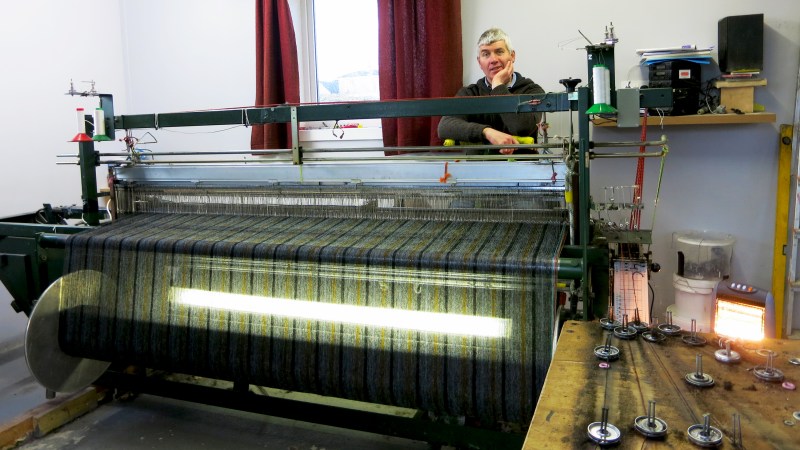
Mackay works six days a week, makes his own hours, and only works for Harris Tweed (some weavers have side businesses). As he told us with a wink, “all the pressure is my own!” Ian also explained that his uncle was a weaver and he showed him the ropes. We have a feeling he must do quite well as he heads over to New Zealand for vacation every year. Before we left he told us while he loves his job, his happiest days are Sundays, “Everything stops, I go to church. It is a great break.”
Harris Tweed Today
We were in a hurry to get to Harris Tweed because we had heard so many rumors about the weavers getting too old, young people not interested in working at the mill or at being weavers, and the prospect of the company being bought out and moved over seas. We are happy to report all of that is total tommyrot.
In 2012 Harris Tweed had its highest production in 17 years. The brand is having quite a renaissance today, thanks to the love of heritage brands (especially in menswear). Once you know the orb (and know to avoid ersatz labels) you will be seeing it everywhere from Nike and Wolverine to J.Crew and Paul Smith. And with the knowledge you now have about the brand, you have a great story to regale your friends with over a wee dram of Scottish whisky of course.
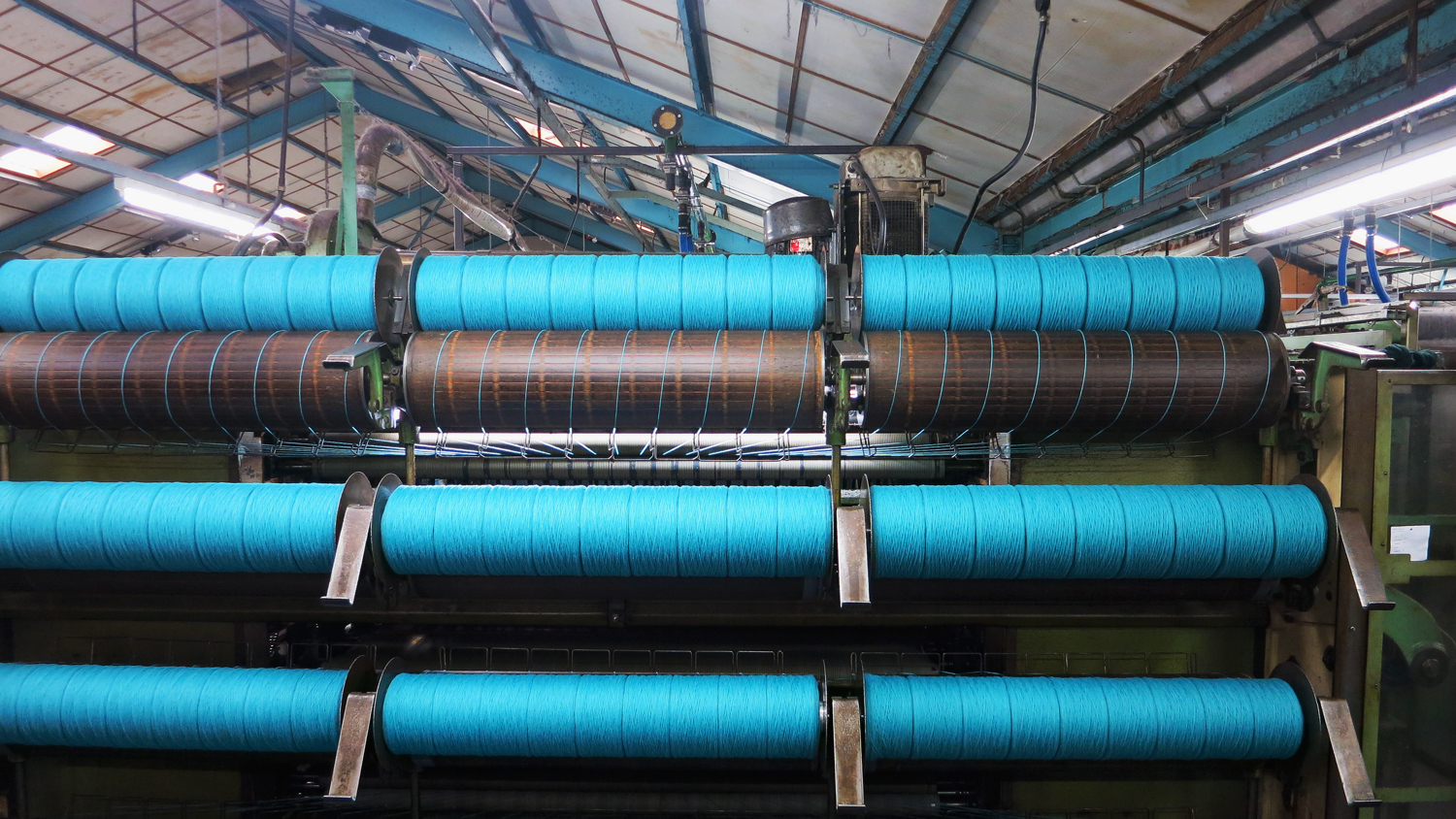
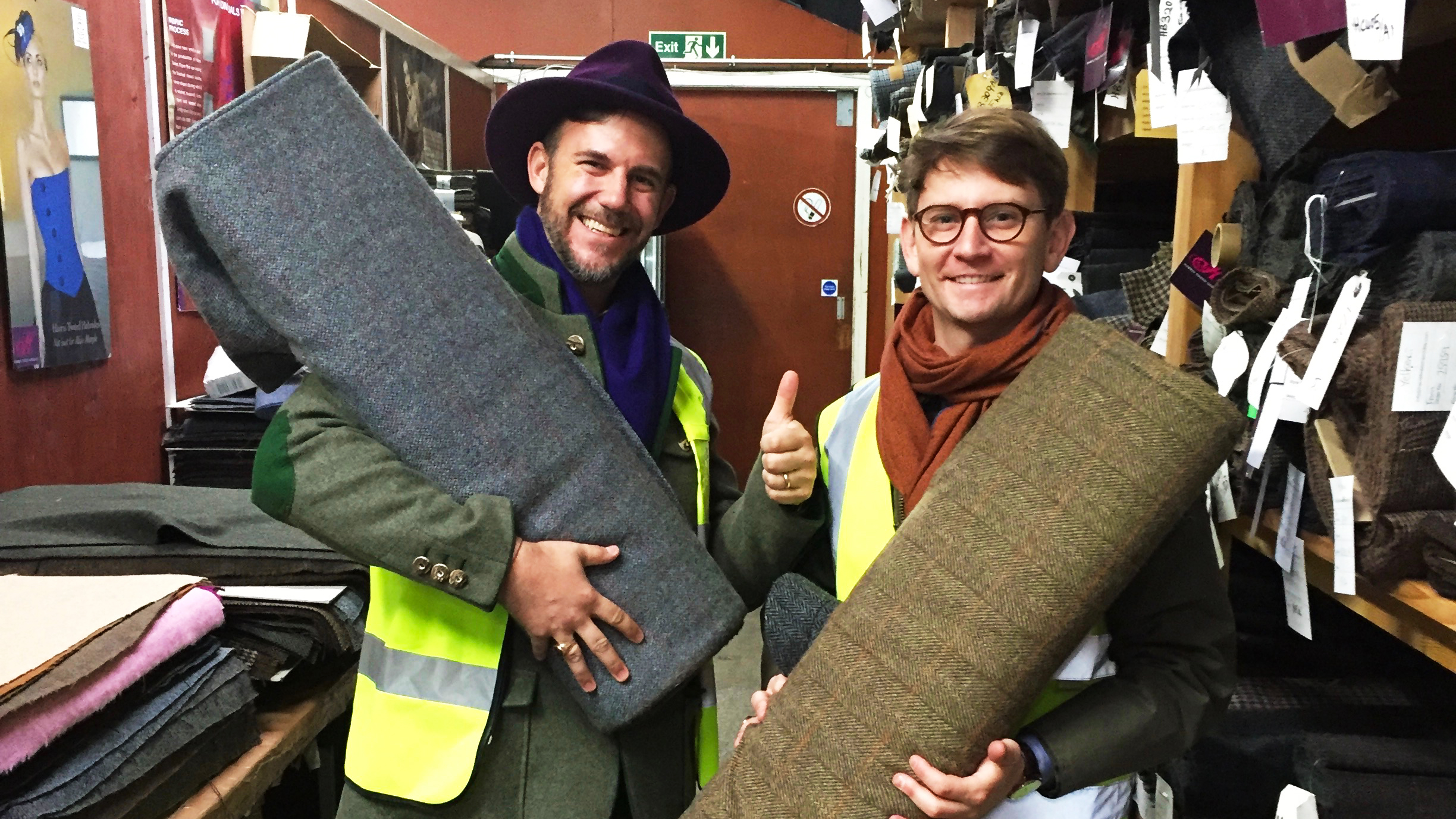
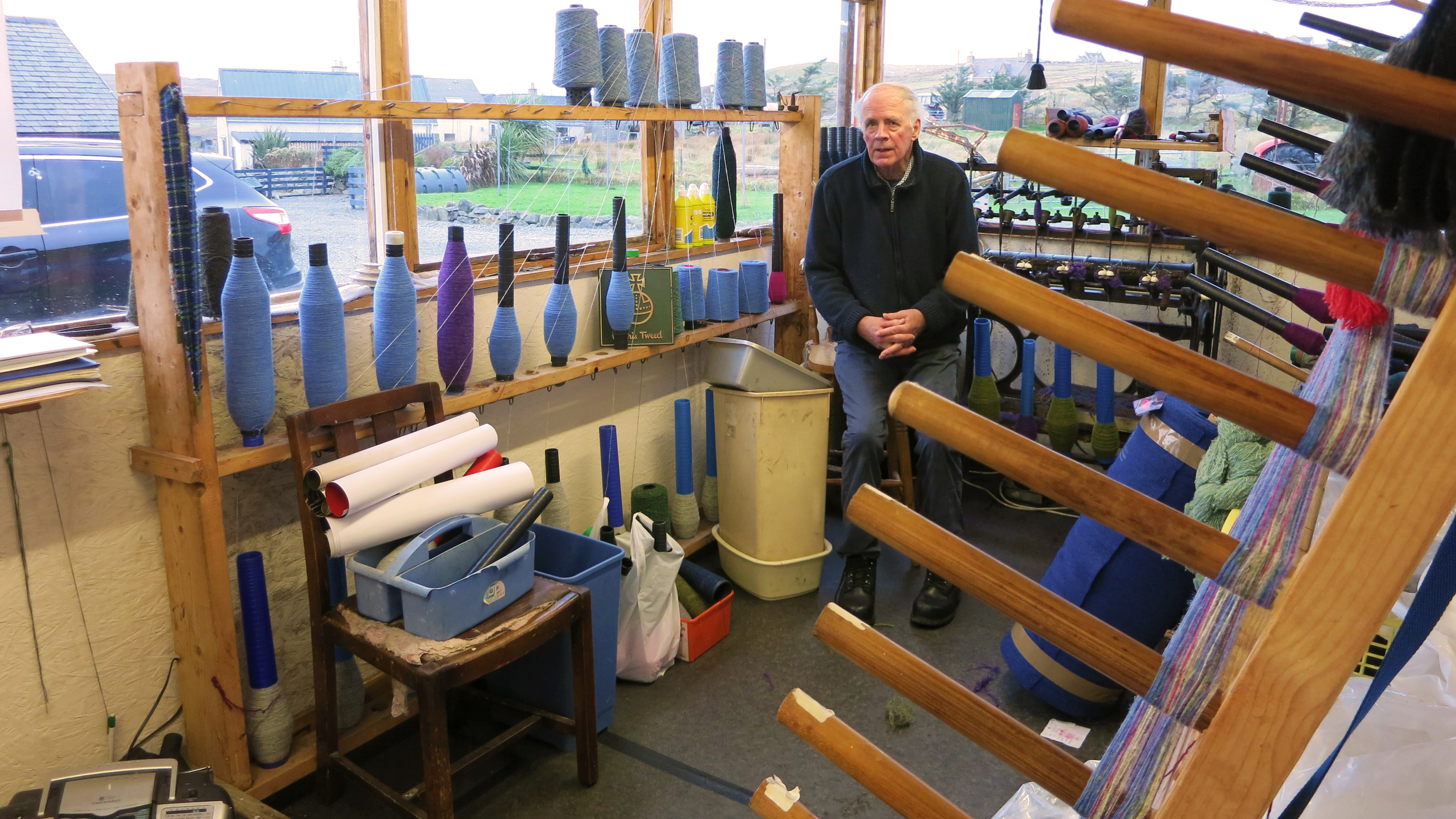
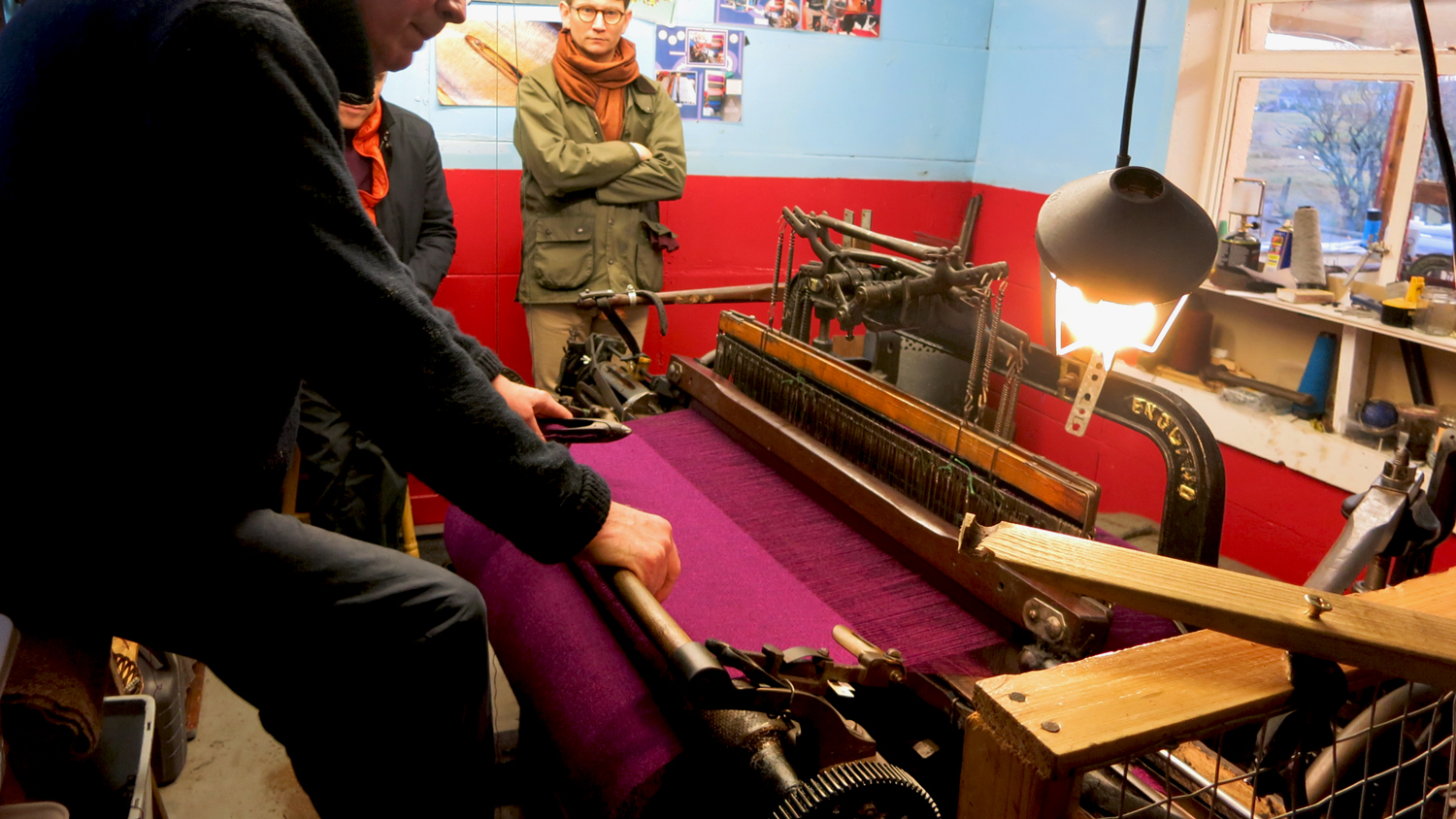
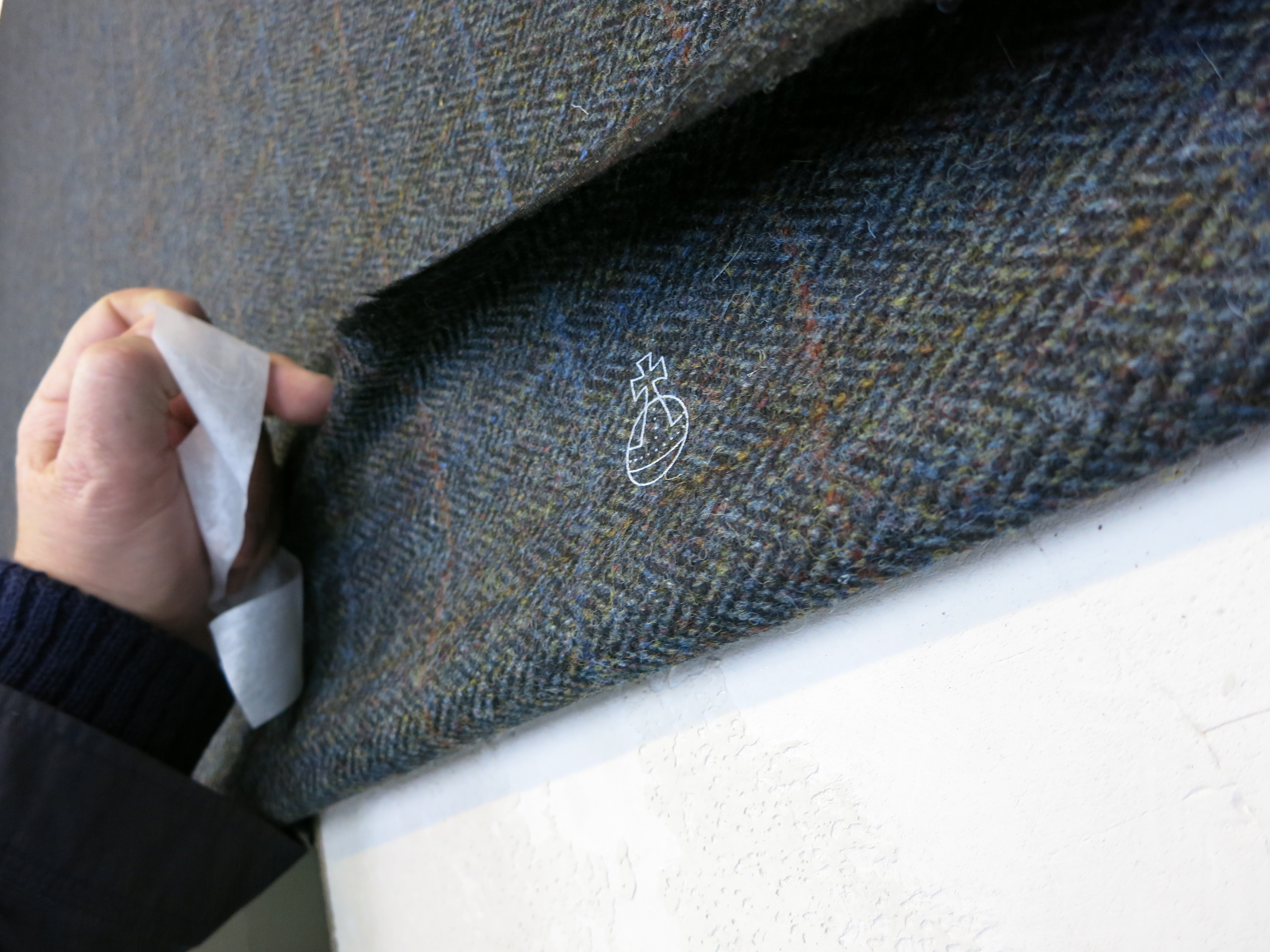
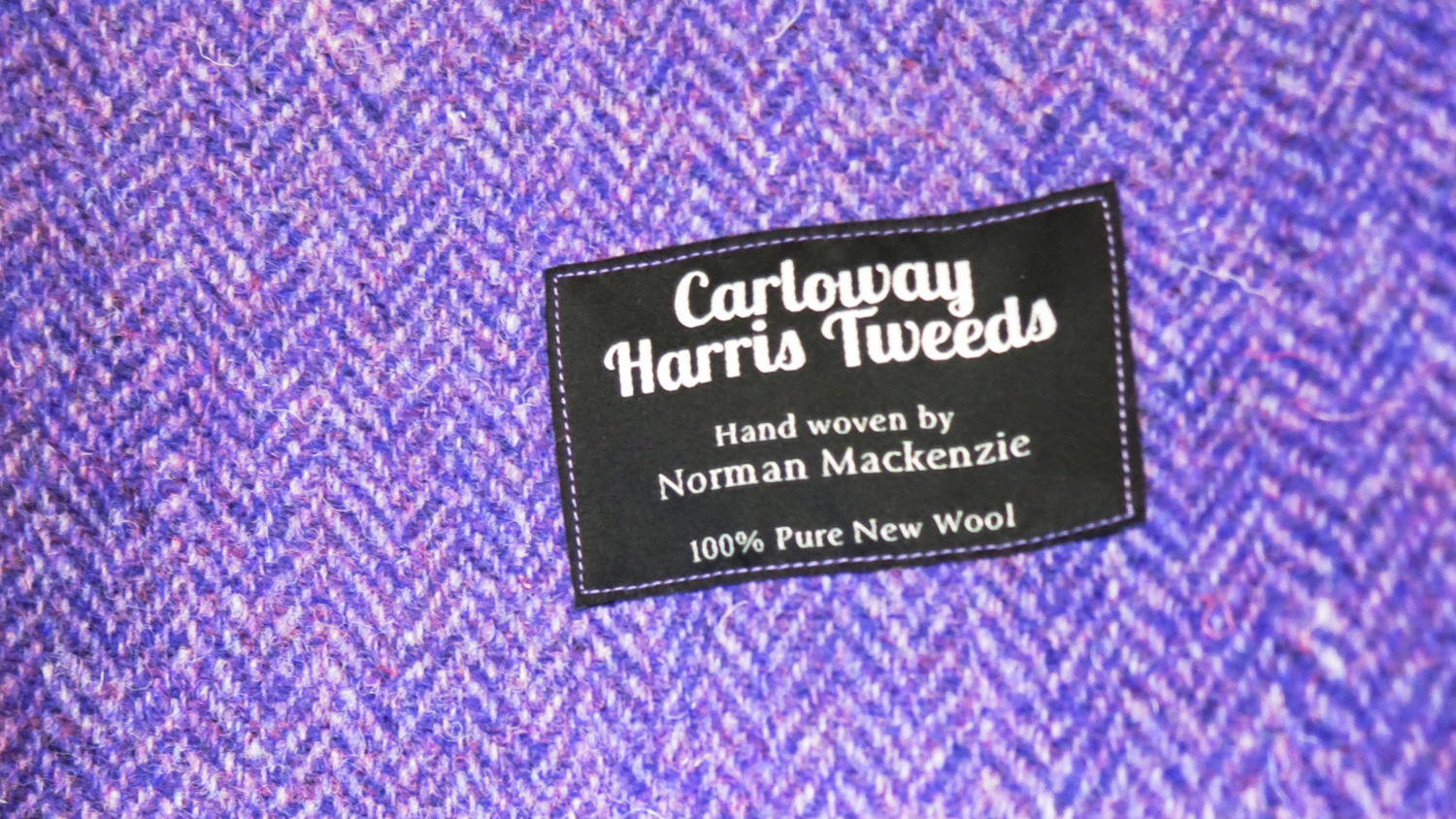
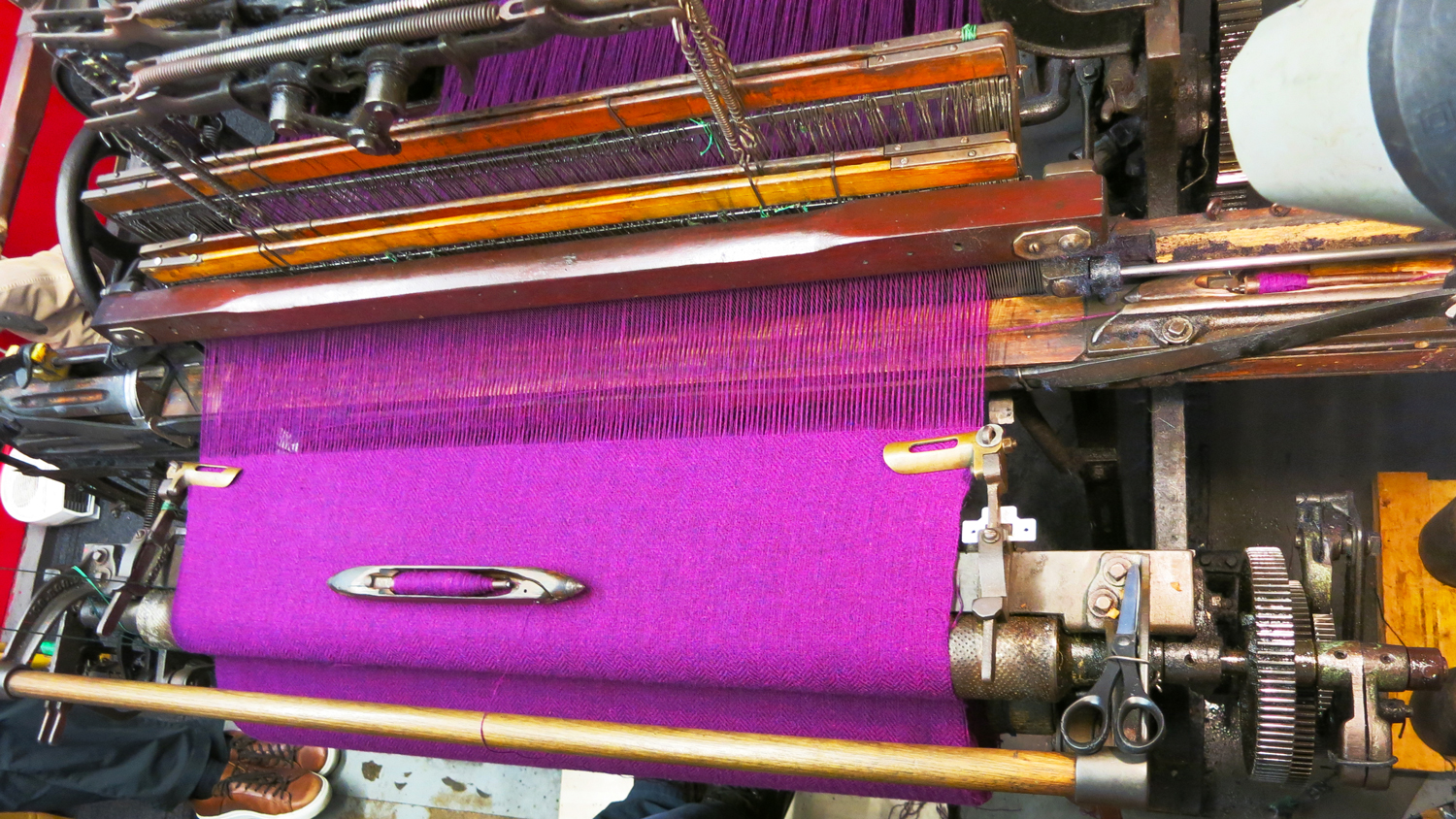
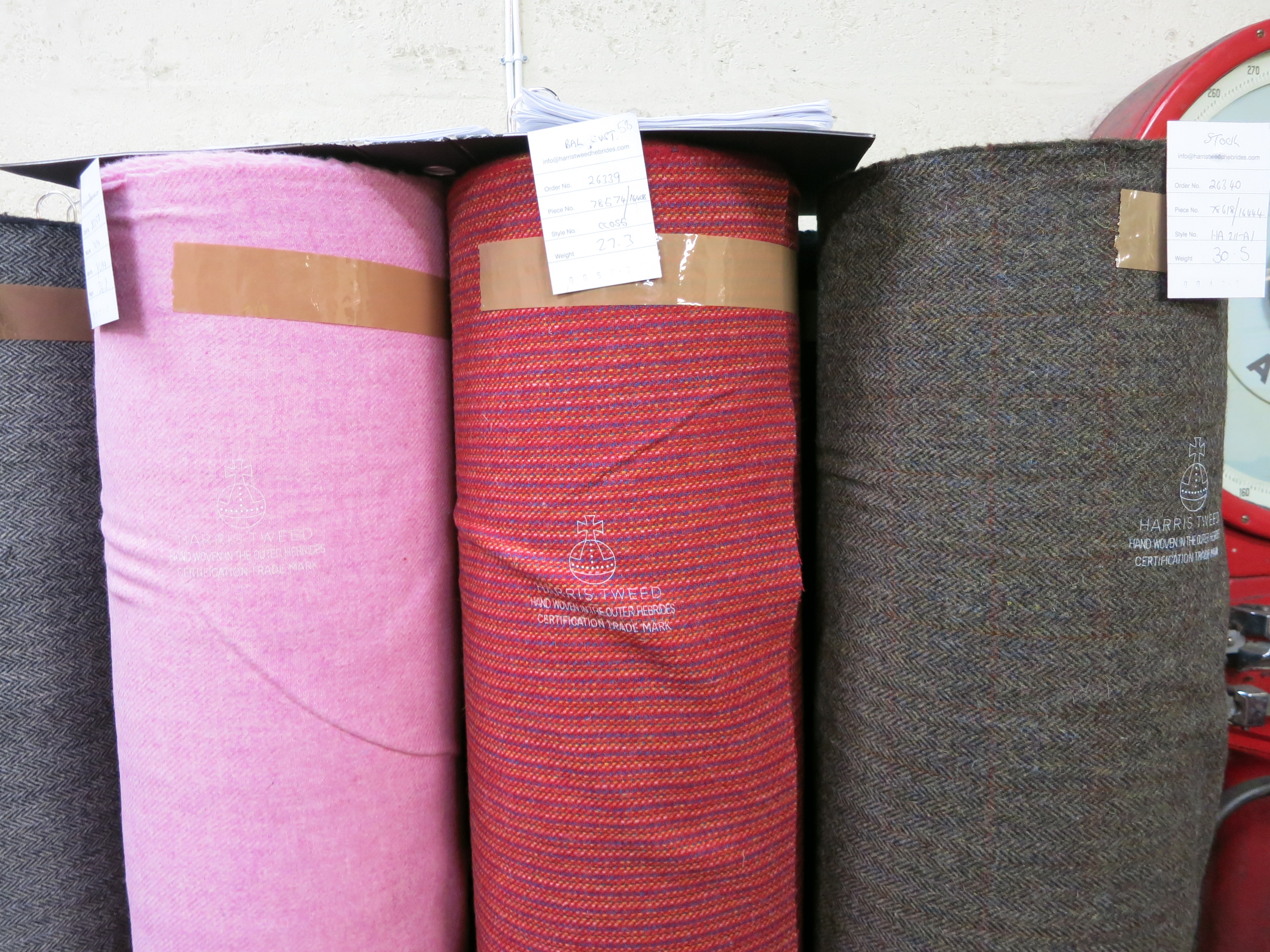
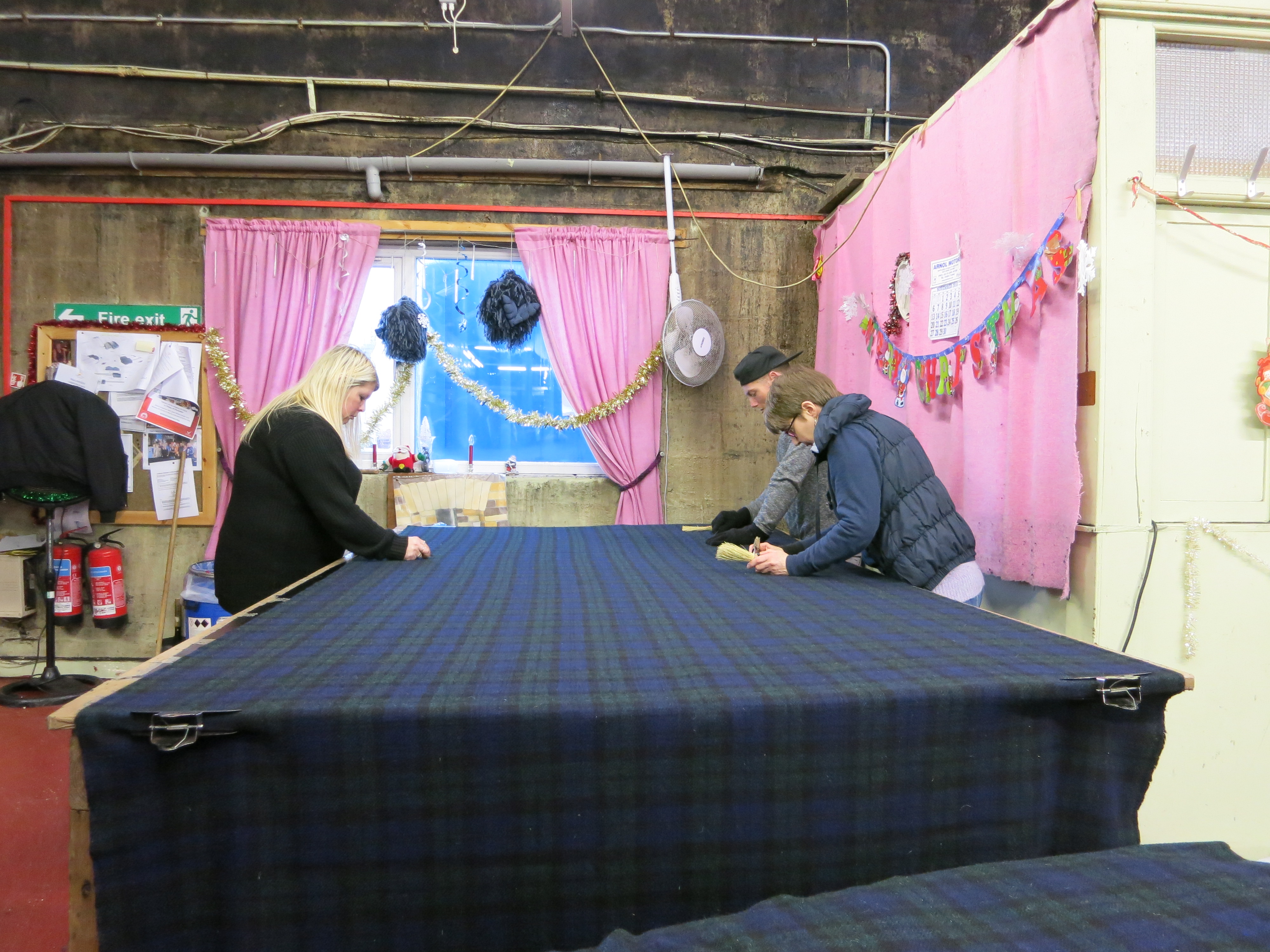
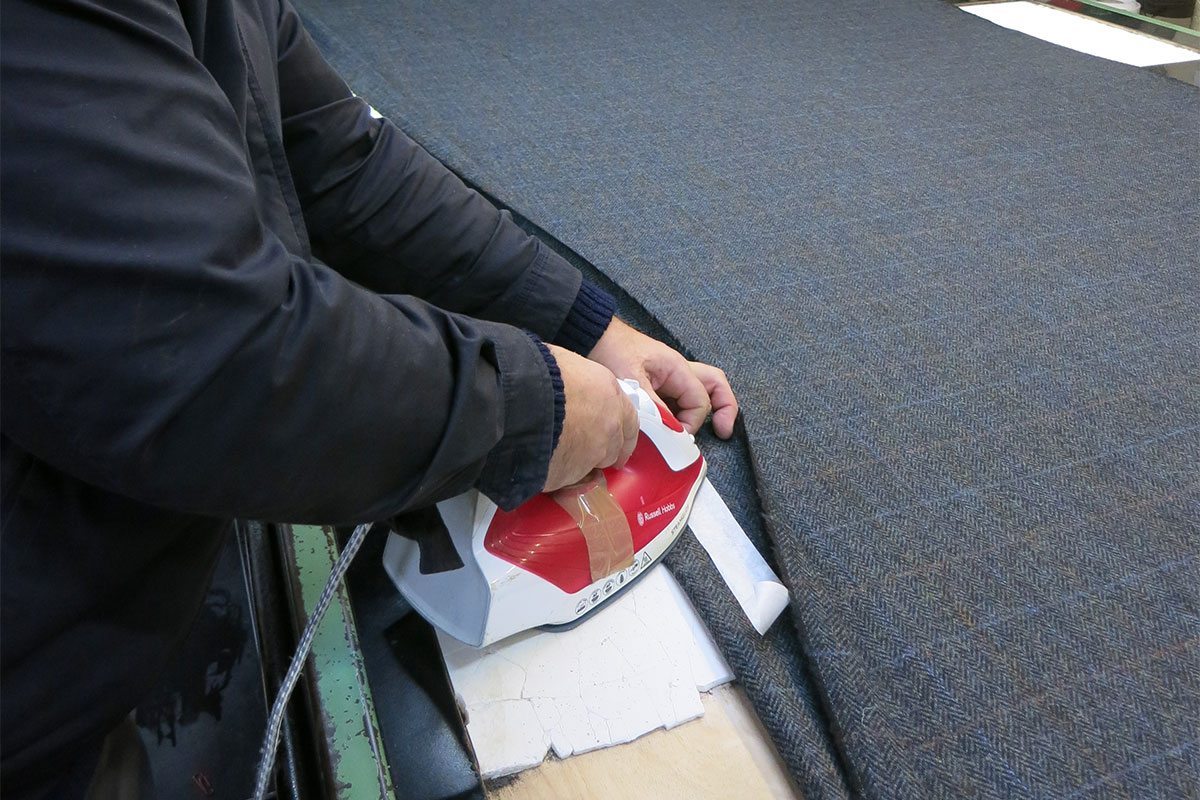
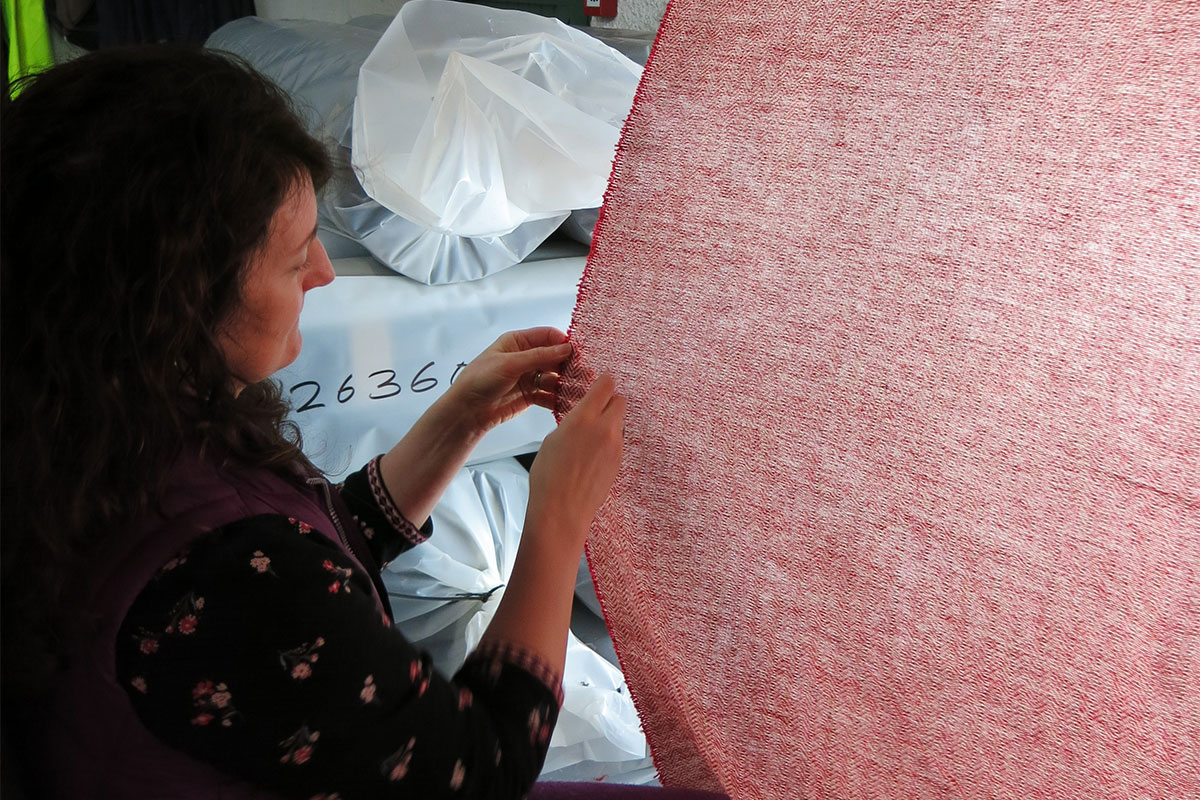
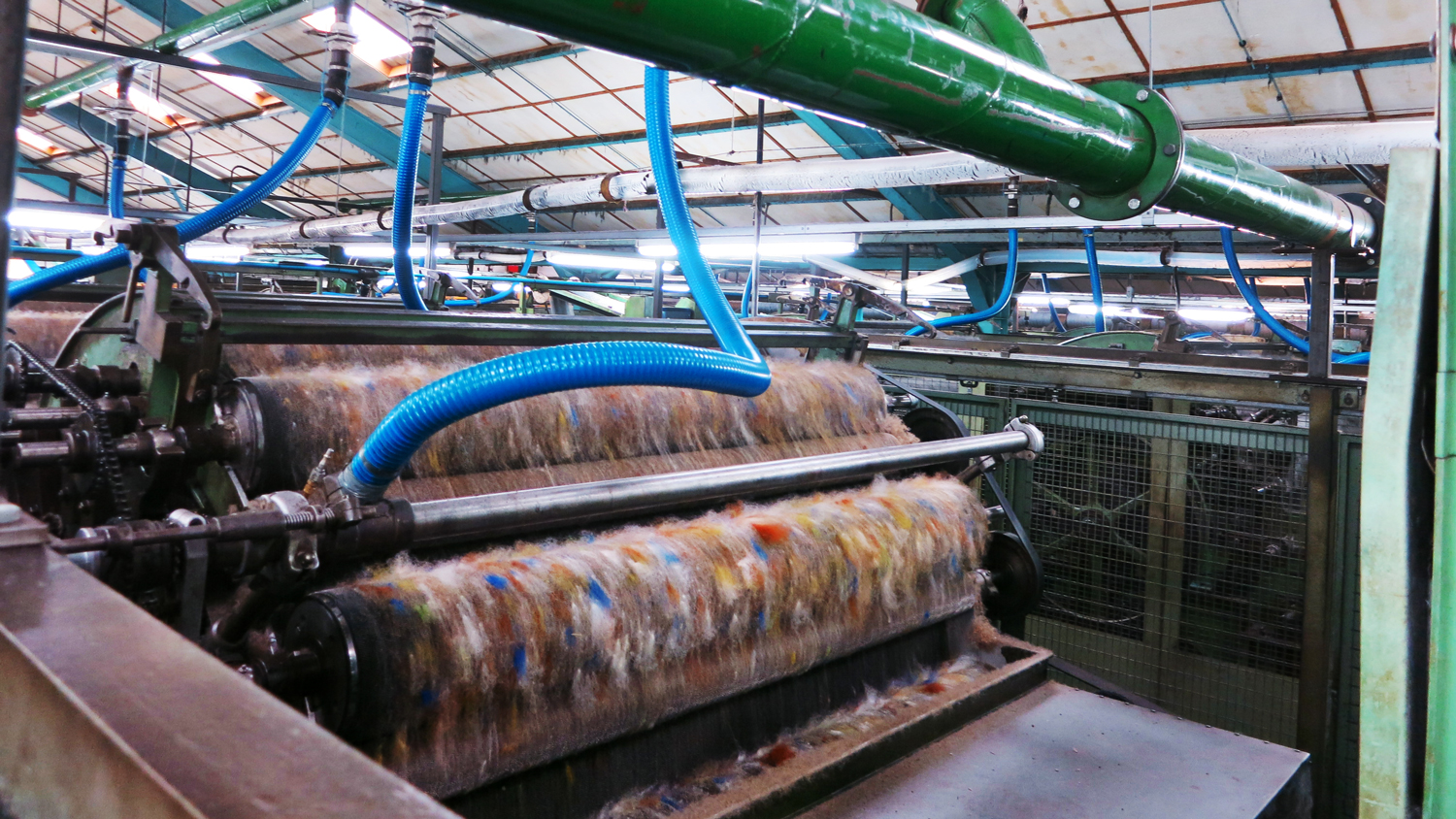
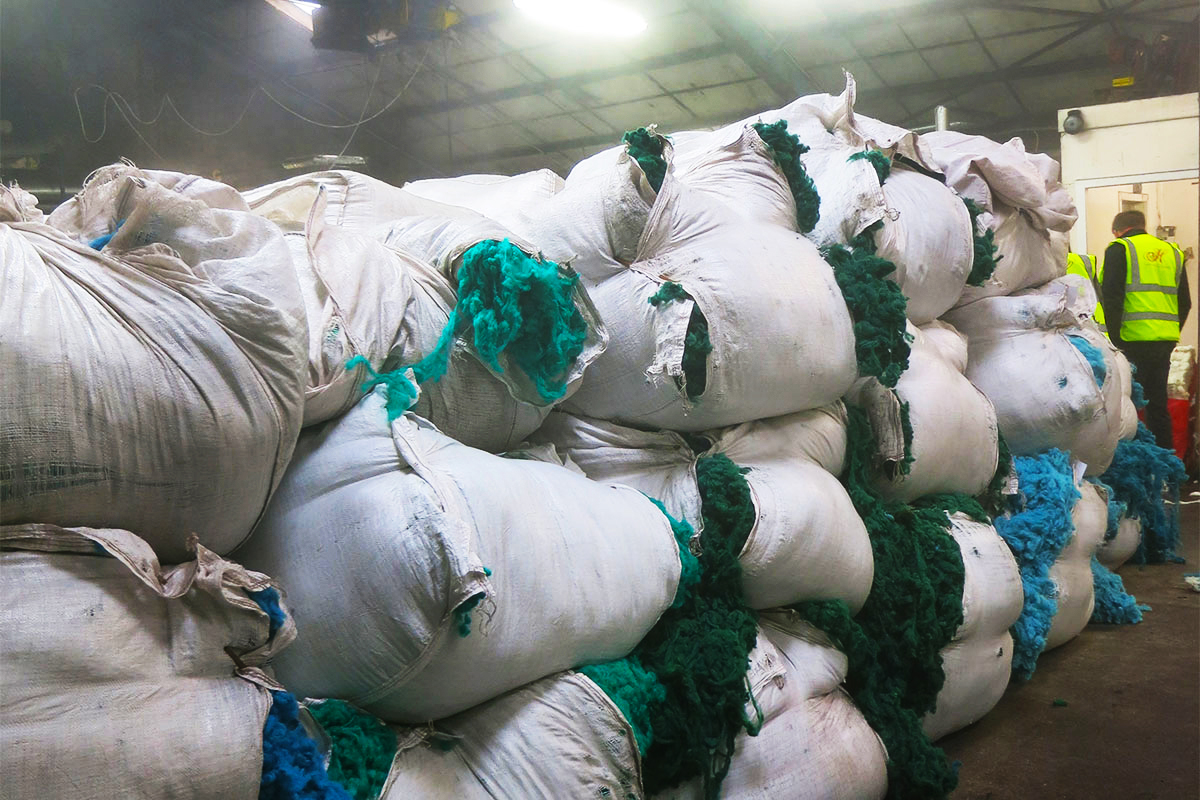
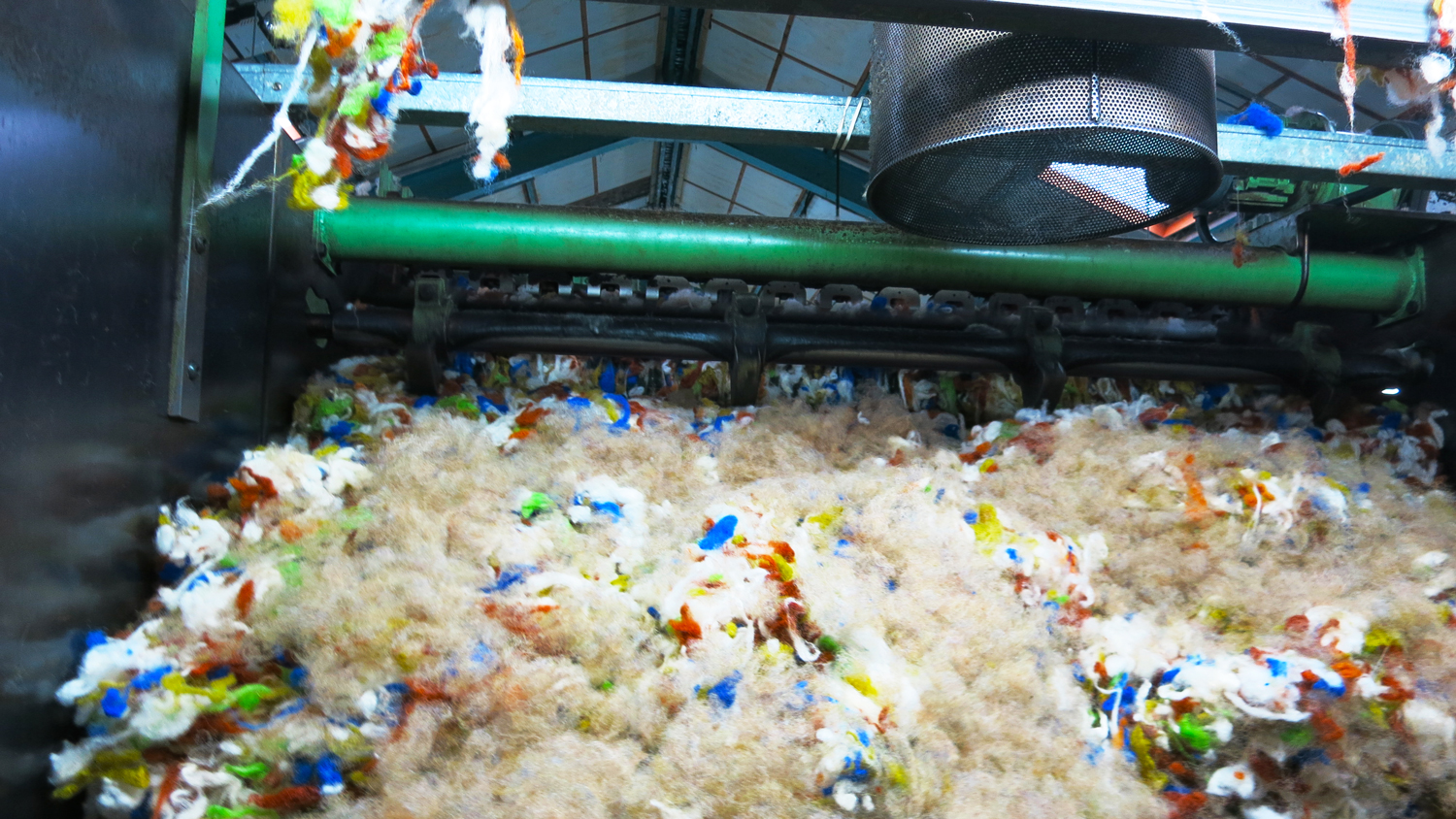
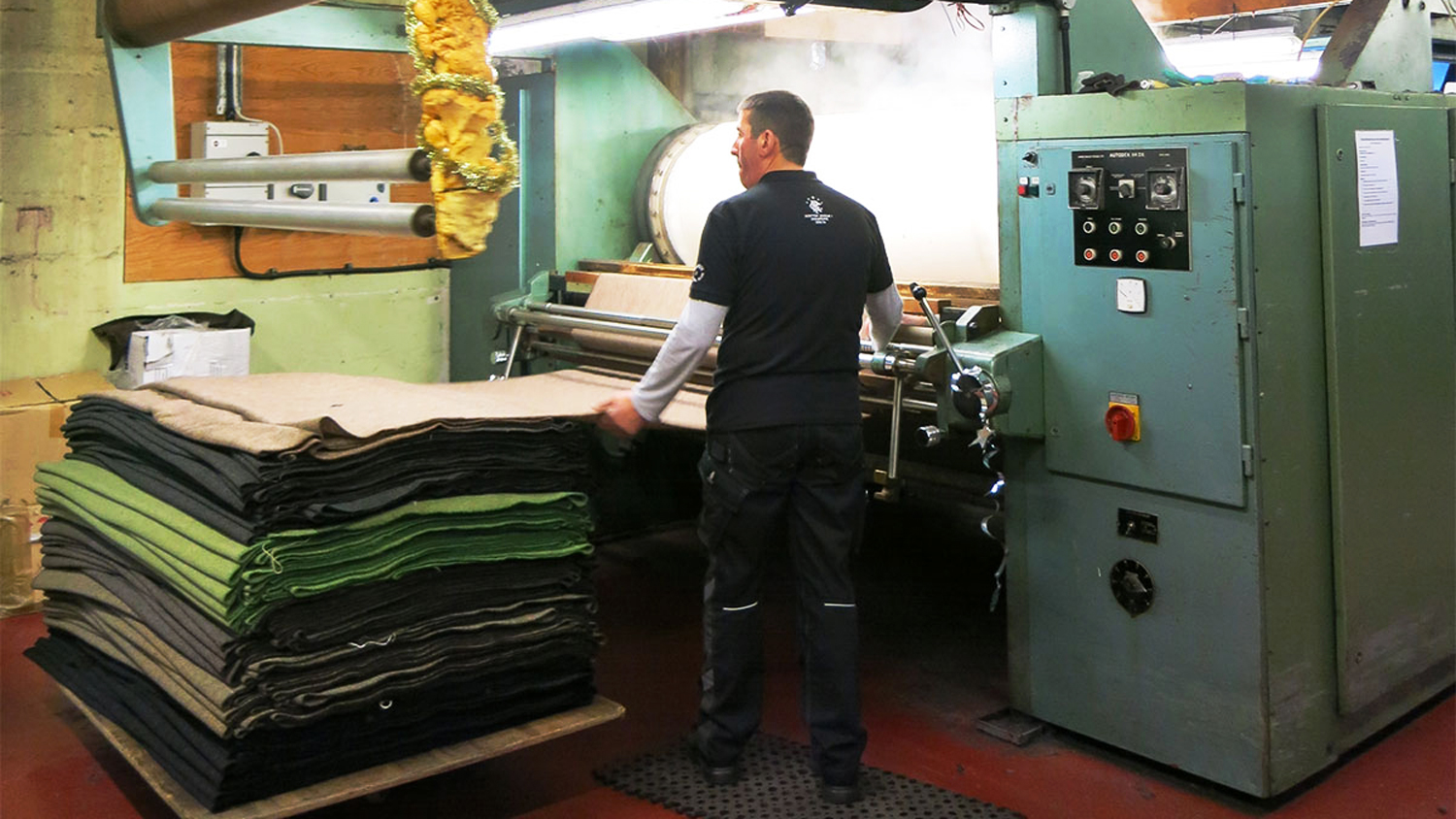
 Editor’s Note: Last November we had the pleasure of spending 10 captivating days in Scotland. Below is but one adventure of many from our stay. We hope the joy we experienced comes through in all our posts and missives from our adventure, which no doubt read better with a wee dram in hand.
Editor’s Note: Last November we had the pleasure of spending 10 captivating days in Scotland. Below is but one adventure of many from our stay. We hope the joy we experienced comes through in all our posts and missives from our adventure, which no doubt read better with a wee dram in hand.

